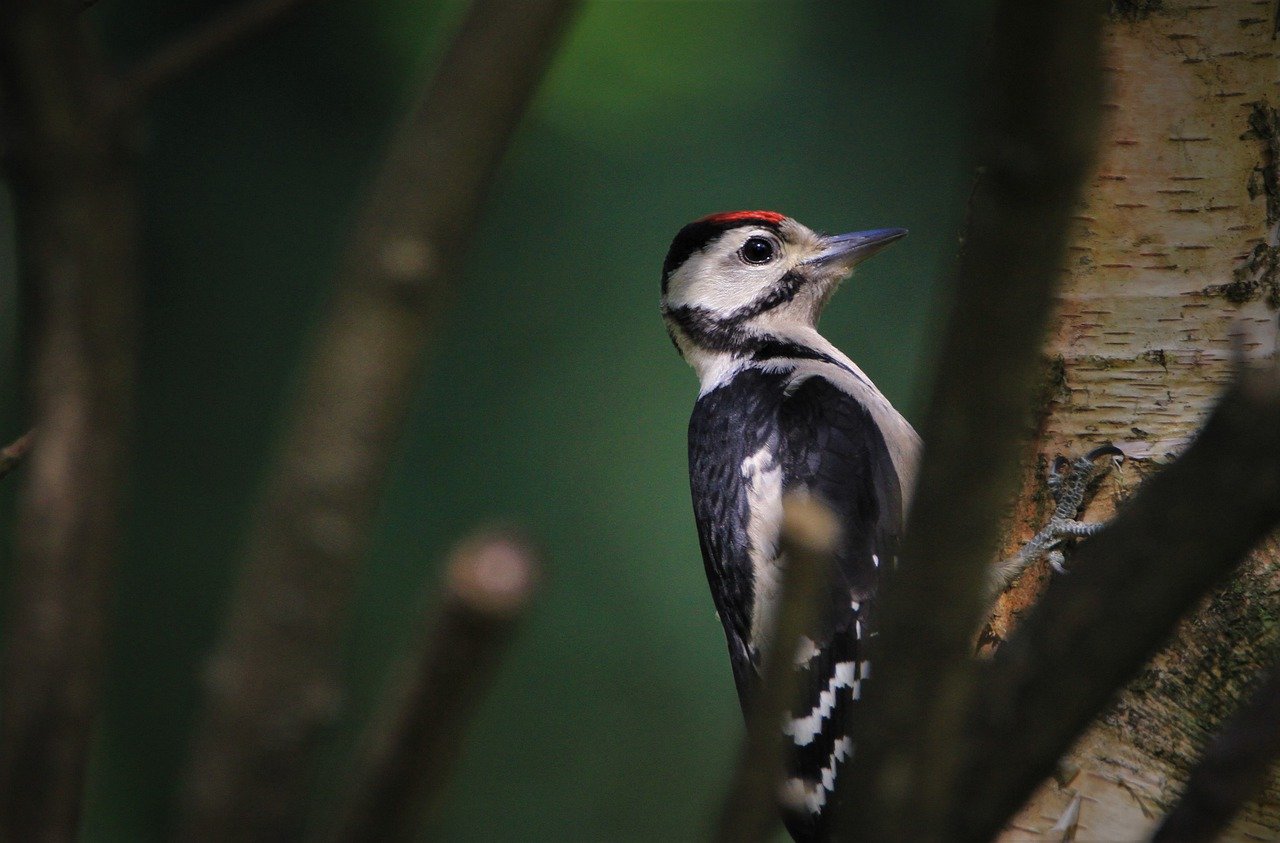Requirements by the Great Spotted Woodpecker Dendrocopos major for a suburban life
DOI:
https://doi.org/10.34080/os.v2.23062Keywords:
range expansion, habitat selection, nest site selection, population densityAbstract
The Great Spotted Woodpecker Dendrocopos major has expanded its habitat range to include suburban areas in Sweden. This range expansion may affect entire communities of hole-nesters by proficient excavation of nest holes. Numbers, habitat and nest site selection were studied in a 3 km2 suburban area in south-central Sweden during the years 1983—91 and in several forest landscapes without houses. Densities were much higher in various habitats within the suburban landscape but in such areas woodpeckers preferred to nest in woodland areas that were fairly distant from houses and in large trees. Nest heights and the number of nest holes per tree increased with distance from houses, while the proportion of Aspens among nest trees decreased with distance from houses. Aspens still dominated strongly among nest trees. The proportions of new nests and trees with single nests were lower in the suburban area than in remote forests. It is concluded that nest sites, and possibly breeding densities, are constrained by the few old or decaying trees left when new housing areas are built. Retainment of old trees and different-sized young Aspens would promote higher densities of woodpeckers and other hole-nesters and maintain a high diversity of hole-nesting species.
Downloads

Downloads
Published
How to Cite
Issue
Section
License
The copyright of each contribution belongs to the author(s), but all contributions are published under a Creative Commons license, so that anyone is free to share and reuse the contribution as long as the copyright holder is attributed.







